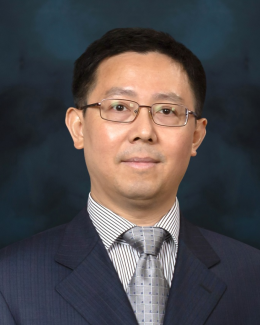Abstract
Supercapacitors based on nanoporous carbon materials, commonly called electric double-layer capacitors (EDLCs), are emerging as a novel type of energy-storage device with the potential to substitute batteries in applications that require high power densities. Nanoporous carbon supercapacitors are generally viewed as a parallel-plate capacitor since supercapacitors store energy by charge separation in an electric double layer formed at the electrode/electrolyte interface. The EDLC model has been used to characterize the energy storage of supercapacitors for decades. We comment in this chapter on the shortcomings of the EDLC model when applied to nanoporous carbon supercapacitors. In response to the latest experimental breakthrough in nanoporous carbon supercapacitors, we have proposed a heuristic model that takes pore curvature into account as a replacement for the EDLC model. When the pore size is in the mesopore regime (2–50 nm), electrolyte counterions enter mesoporous carbons and approach the pore wall to form an electric double-cylinder capacitor (EDCC); in the micropore regime (< 2 nm), solvated/desolvated counterions line up along the pore axis to form an electric wire-in-cylinder capacitor (EWCC). In the macropore regime (> 50 nm), where pores are large enough so that pore curvature is no longer significant, the EDCC model can be reduced to the EDLC model. With the backing of experimental data and quantum density functional theory calculations, we have shown that the EDCC/EWCC model is universal for carbon supercapacitors with diverse carbon materials and electrolytes. The strengths and limitations of this new model are discussed. The new model allows the supercapacitor properties to be correlated with pore size, specific surface area, Debye length, electrolyte concentration, dielectric constant, and solute ion size, and may lend support to the systematic optimization of the properties of carbon supercapacitors through experiments.



